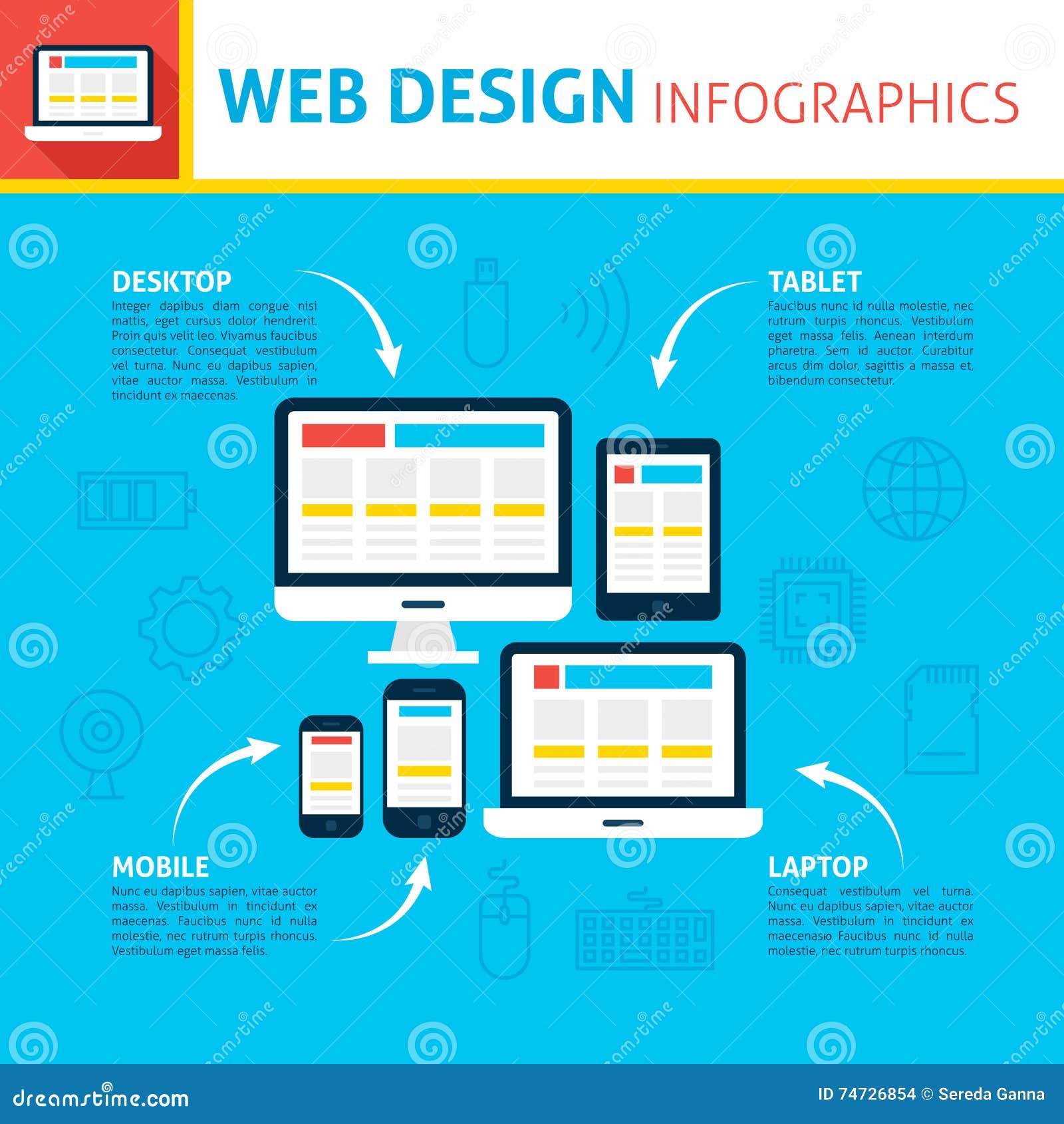Internet Site Layout Basics: Tips For Building A User-Friendly Site
Internet Site Layout Basics: Tips For Building A User-Friendly Site
Blog Article
Web Content By-Abildtrup Devine
When it pertains to website design, ensuring user-friendliness is essential. From receptive layout to structured navigation, every element plays an important function in developing a site that caters to your target market's needs. But what about the better information that can make or break a customer's searching experience? Remain tuned as we discover some often-overlooked tips that can elevate your site's use to the next degree, making it really attract attention in the digital landscape.
Significance of Responsive Design
Receptive style is an essential aspect of contemporary web site development. Guaranteeing your website is receptive means that it can adapt to different screen dimensions and tools, giving a smooth experience for customers.
With Read the Full Document enhancing use smartphones and tablets to access the web, having a responsive layout is important for reaching a broader audience. It aids in improving individual experience by making your internet site very easy to navigate and continue reading any kind of gadget.
Additionally, receptive design can positively impact your search engine positions, as online search engine like Google prioritize mobile-friendly sites. By having a responsive style, you're additionally future-proofing your site, as new tools with varying screen sizes remain to emerge.
Simplify Navigation Framework
To enhance user experience and facilitate very easy accessibility to information on your website, streamlining the navigation structure is vital. When designing your website, concentrate on producing a clear and instinctive navigation menu that helps visitors discover what they're seeking swiftly.
Limit the variety of menu things to the fundamentals, organizing associated web pages together to avoid overwhelming individuals. Usage detailed labels that clearly show the material of each web page, making it less complicated for customers to understand where each web link will take them.
Think about applying dropdown menus for subcategories to stop littering the primary navigating bar. Furthermore, include a search bar plainly on the page for customers that favor looking for particular info.
Focus on mobile responsiveness in your navigation style to make certain simple accessibility on all devices.
Optimize Web Page Load Rate
Improving web page load rate is critical for keeping visitors on your internet site. Slow-loading web pages discourage customers and can cause high bounce rates. To enhance page load rate, begin by enhancing images. Press pictures without endangering high quality to lower their documents dimensions.
In addition, enable browser caching to store regularly accessed resources in your area, quickening tons times for returning visitors. https://daltonpkezs.blogoxo.com/31279747/boost-your-search-engine-optimization-efficiency-by-implementing-innovative-approaches-that-will-elevate-your-rankings-and-guarantee-your-competitors-fall-back , JavaScript, and HTML data by eliminating unnecessary characters, remarks, and formatting, enhancing lots rate.
Take into consideration using a content shipment network (CDN) to distribute your web site's web content across several web servers worldwide, decreasing latency for individuals accessing your site from various locations. Lastly, limit using third-party scripts and plugins, as they can significantly influence tons times.
Verdict
To conclude, by including responsive layout, streamlining navigation, and maximizing web page lots speed, you can produce an easy to use web site that appeals to a bigger target market and enhances individual experience. These essential elements ensure that visitors can conveniently access and browse your website throughout different gadgets, leading to enhanced engagement and satisfaction. By focusing on these vital facets, you can construct a successful site that keeps individuals coming back for more.
